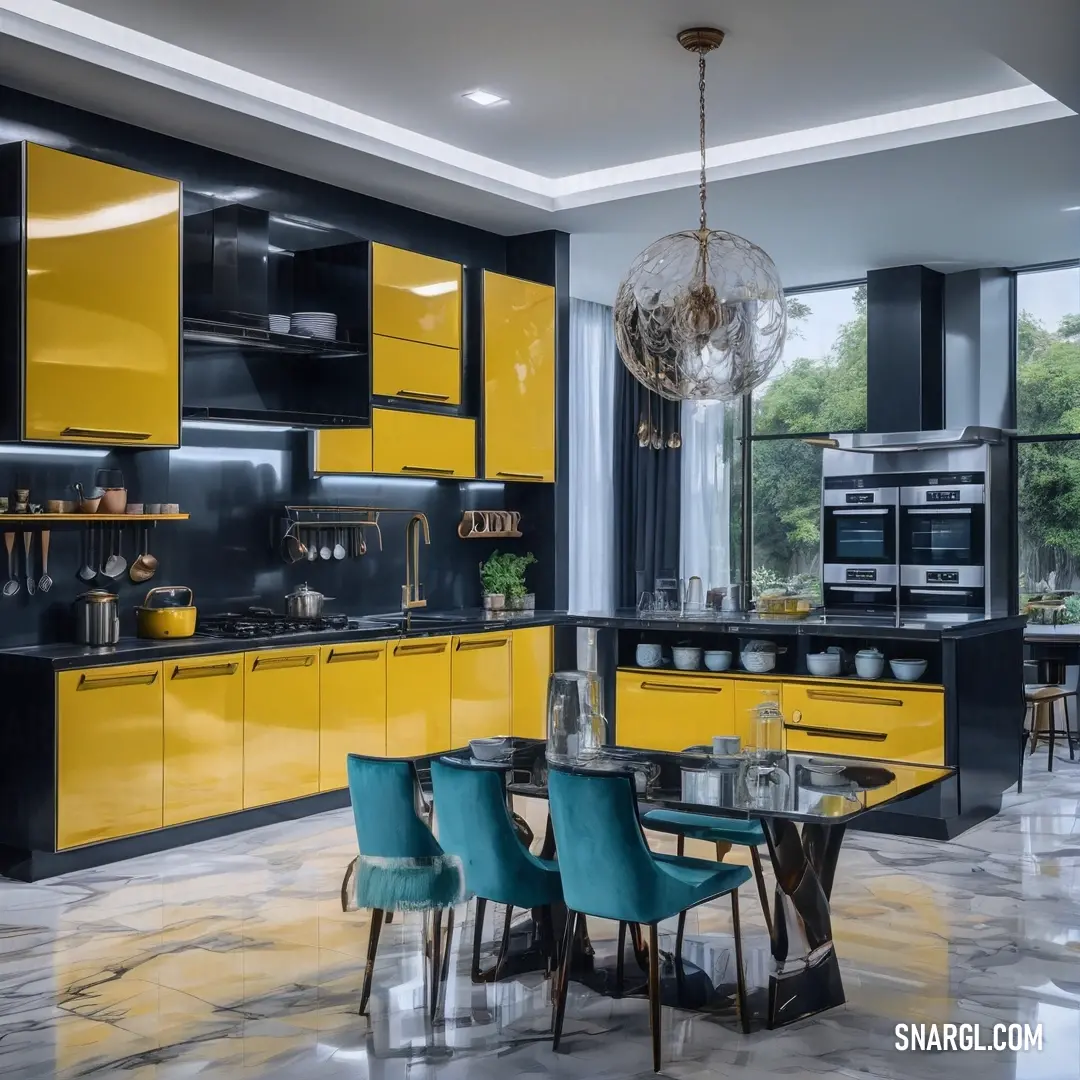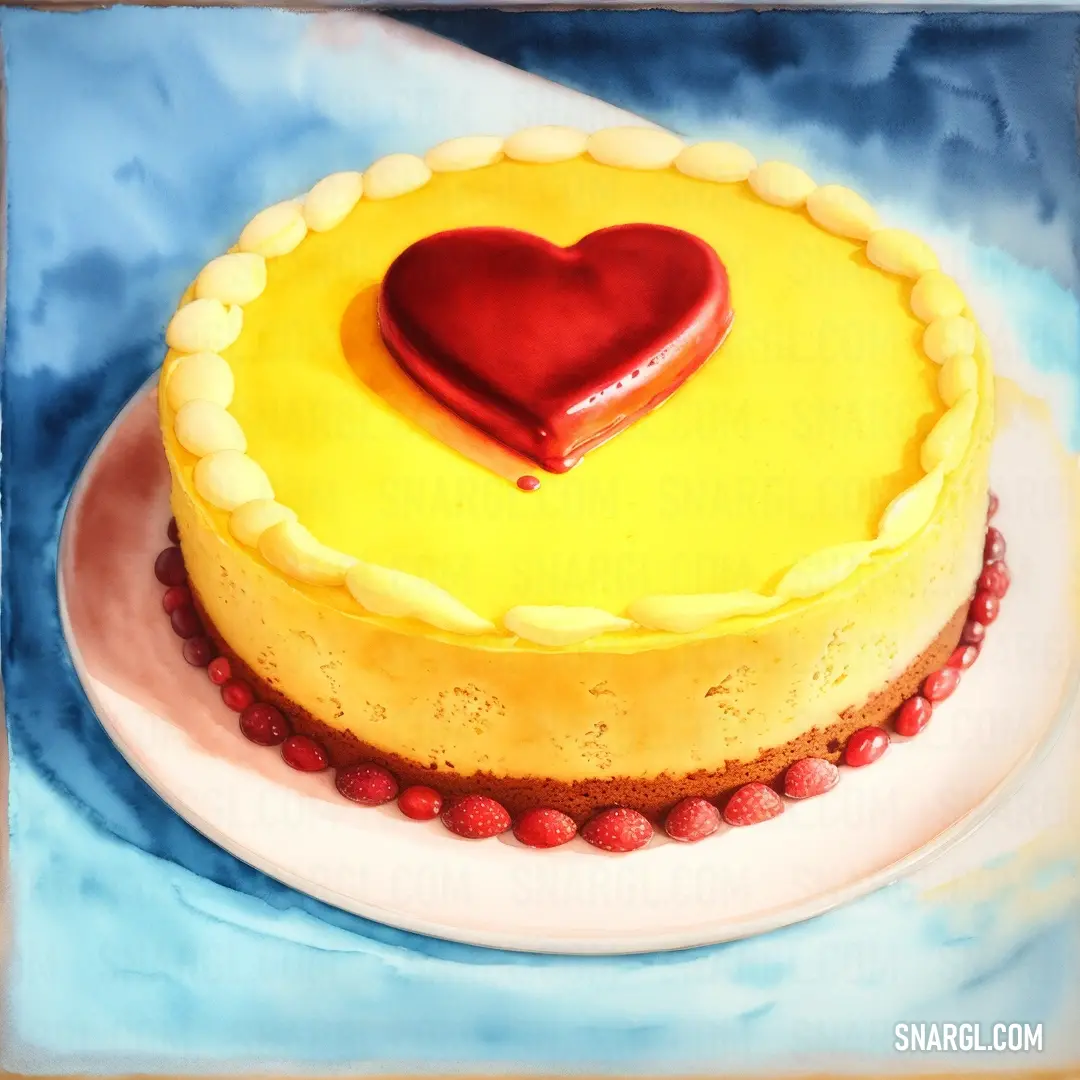
Naples yellow
What color is Naples yellow?
It is made from a mixture of lead and antimony, and it has a bright, opaque color that is well-suited for both painting and drawing.
Naples yellow is one of the oldest known pigments, dating back to ancient Egypt and Mesopotamia.
It was originally produced by heating lead oxide and antimony oxide together, creating a compound called lead antimonate.
This pigment was widely used in pottery, glass, enamel, and brick, as well as in paintings.
Naples yellow was popular among the Old Masters, such as Rembrandt, Vermeer, and Renoir, who valued its opacity and permanence.
It was often mixed with other colors to create warm tones and flesh tints.
However, Naples yellow also had some drawbacks.
It was toxic, due to its lead content, and it could react with other pigments, causing discoloration or fading.
By the nineteenth century, Naples yellow was replaced by safer and more stable synthetic yellows, such as chrome yellow and cadmium yellow.
Today, Naples yellow is still available as a modern pigment, but it is no longer made from lead antimonate.
Instead, it is composed of chromium titanate, synthetic iron, or titanium white, which mimic the original hue and properties of Naples yellow.
Naples yellow is a versatile and historical pigment that has a rich and varied history.
It is a color that can evoke warmth, light, and beauty, as well as danger, mystery, and decay.
Example of the palette with the Naples yellow color

See these colors in NCS, PANTONE, RAL palettes...
Example of the palette with the Naples yellow color

See these colors in NCS, PANTONE, RAL palettes...
Example of the palette with the Naples yellow color

See these colors in NCS, PANTONE, RAL palettes...
What are the examples of Naples yellow color in everyday life?
Example of the palette with the Naples yellow color

See these colors in NCS, PANTONE, RAL palettes...
What looks best in Naples yellow?
Here are some suggestions for what looks best in Naples yellow:
If you want to create a sunny and cheerful atmosphere, you can use Naples yellow as a background color or as an accent color for furniture, curtains, pillows, or rugs.
Naples yellow can brighten up any room and make it feel more spacious and inviting.
You can also combine it with other warm colors, such as orange, red, or pink, to create a lively and energetic mood.If you want to add some elegance and sophistication to your space, you can use Naples yellow as a contrast color for dark or neutral tones, such as black, gray, brown, or navy.
Naples yellow can create a striking and stylish effect when paired with these colors, especially in fabrics, accessories, or artworks.
You can also mix it with some metallic or shiny elements, such as gold, silver, or crystal, to add some glamour and sparkle.If you want to create a calm and relaxing environment, you can use Naples yellow as a complementary color for cool or pastel tones, such as blue, green, or lavender.
Naples yellow can balance and harmonize these colors, creating a soothing and serene atmosphere.
You can also use it to add some warmth and coziness to your space, especially in lighting, candles, or flowers.
It is also a historical and artistic color that has been used by many famous painters, such as Renoir, who used Naples yellow in his 'Chrysanthemums' (1881-82).
You can use Naples yellow to add some personality and charm to your space, and enjoy its positive and uplifting effects.
The Golden Revolution
One day, as Ralph was polishing the hood of a vintage convertible, a peculiar figure entered his garage. The man was tall and slender, with a shock of white hair and a pair of round spectacles perched on his nose. He wore a tweed jacket that seemed out of place in the sweltering heat. This was Professor Julio Korr, a renowned color theorist and designer, whose work had revolutionized the world of art and design.

"Good day, Mr. Ervin," the professor greeted, his voice carrying a hint of excitement. "I have a proposition for you."
Ralph wiped his hands on a rag and extended one in greeting. "What can I do for you, Professor?"
Julio's eyes sparkled with enthusiasm. "I have been working on a project that involves the use of Naples yellow, a color that has fascinated me for years. Its history is rich, and its application in design is unparalleled. I believe it has the potential to transform not just art, but everyday objects as well. I need your expertise to bring this vision to life."
Intrigued, Ralph listened as Julio explained his idea. The professor wanted to create a series of car designs that incorporated Naples yellow in innovative and unexpected ways. He believed that this color, with its warm and inviting hue, could evoke emotions and create a sense of joy and wonder in those who saw it.

Together, Ralph and Julio embarked on their golden revolution. They started with a classic sports car, painting it a vibrant shade of Naples yellow. The transformation was stunning. The car gleamed like a jewel, its color shifting subtly in the sunlight, creating an almost magical effect. Ralph added intricate details, using the yellow to highlight the curves and contours of the vehicle, making it look as if it were in perpetual motion.
Word of their work spread quickly, and soon, people from all over the city were flocking to Ralph's garage to see the masterpiece. The car became a symbol of innovation and creativity, inspiring others to experiment with color in their own designs.
Encouraged by their success, Ralph and Julio continued to explore the possibilities of Naples yellow. They painted a fleet of taxis, turning the mundane vehicles into moving works of art. The streets of Naples were soon filled with flashes of golden light, as the taxis zipped through the city, bringing smiles to the faces of those who saw them.

But their most ambitious project was yet to come. Julio had a vision of creating a public space that celebrated the beauty of Naples yellow. He and Ralph designed a park, with benches, sculptures, and even playground equipment all painted in varying shades of the color. The park became a haven for families and artists alike, a place where people could come to relax and be inspired.
As the years passed, the golden revolution spread beyond Naples. Cities around the world began to adopt the use of Naples yellow in their designs, creating vibrant and joyful environments for their residents. Ralph and Julio's work had sparked a global movement, proving that a single color could indeed change the world.
In the end, Ralph and Julio's partnership became legendary. They had shown that with a little creativity and a lot of passion, even the most ordinary things could be transformed into something extraordinary. And as the sun set over the golden streets of Naples, the city glowed with the warmth and brilliance of Naples yellow, a testament to the power of color and the magic of design.











 Onyx
Onyx Naples yellow
Naples yellow Anti-flash White
Anti-flash White Feldgrau
Feldgrau Tan
Tan Black
Black Field drab
Field drab Goldenrod
Goldenrod Taupe gray
Taupe gray Beige
Beige


 Carolina blue
Carolina blue Golden brown
Golden brown Dark jungle green
Dark jungle green Linen
Linen












